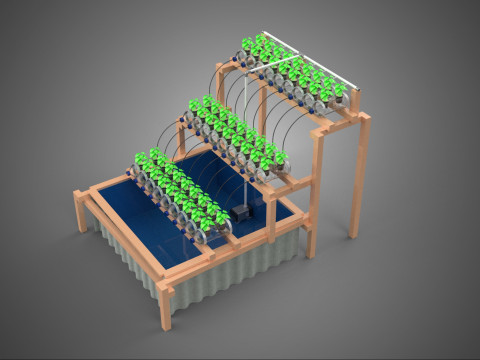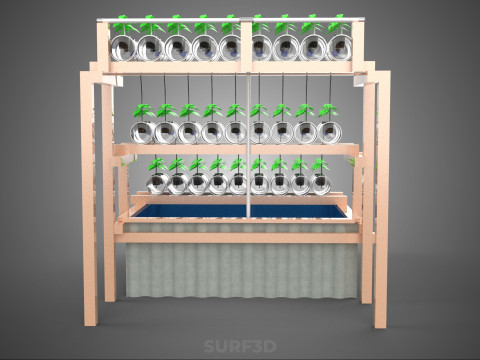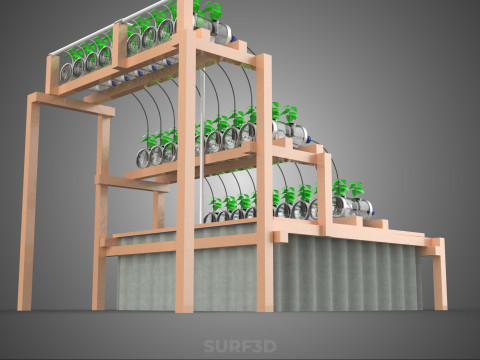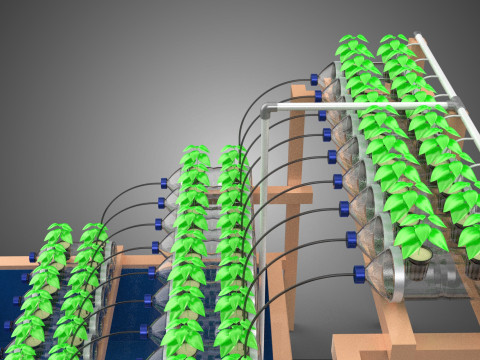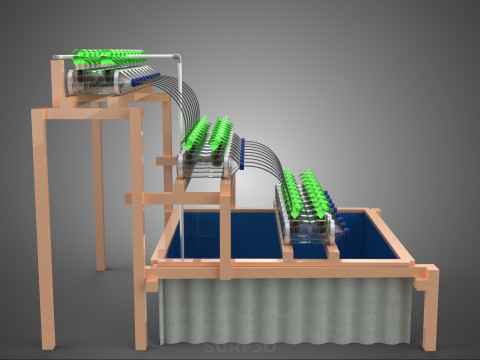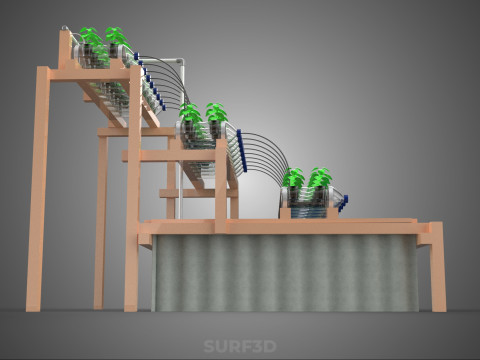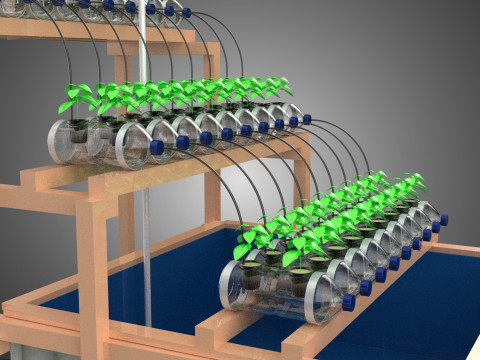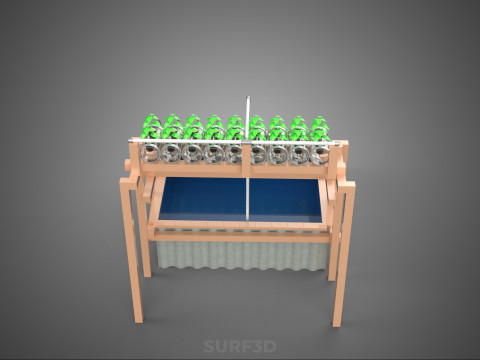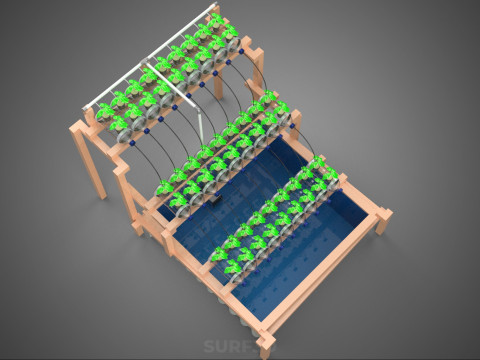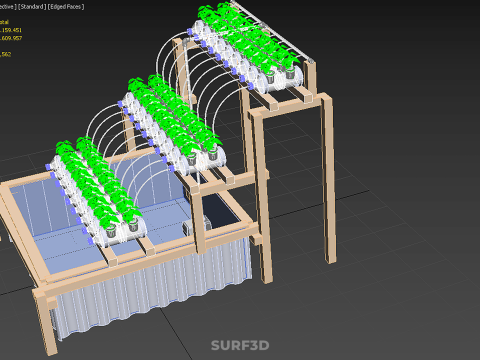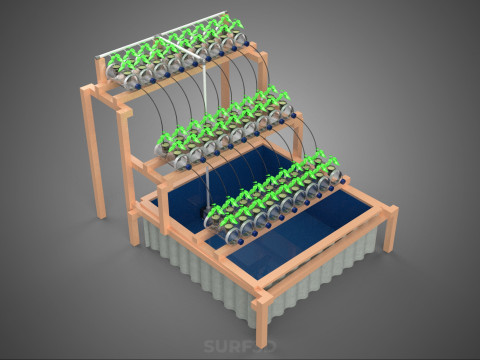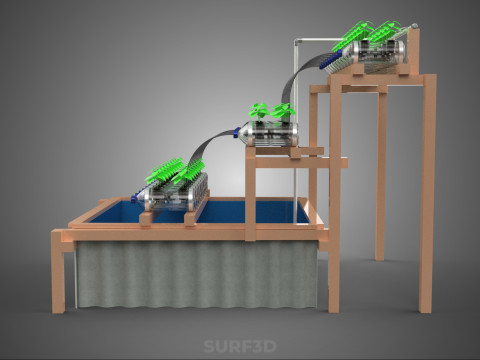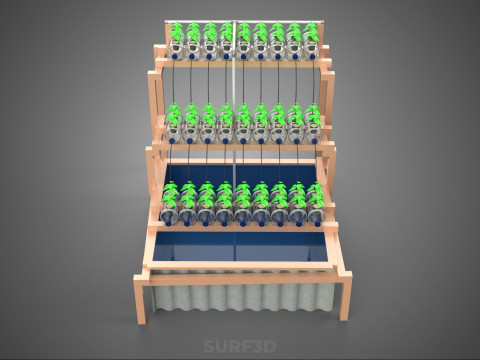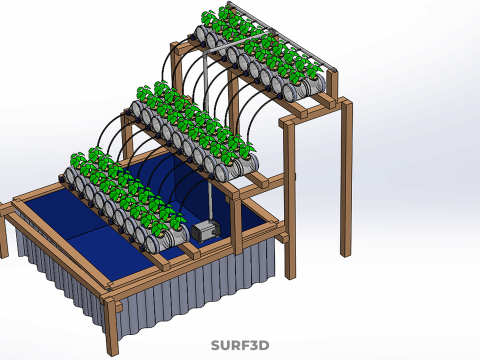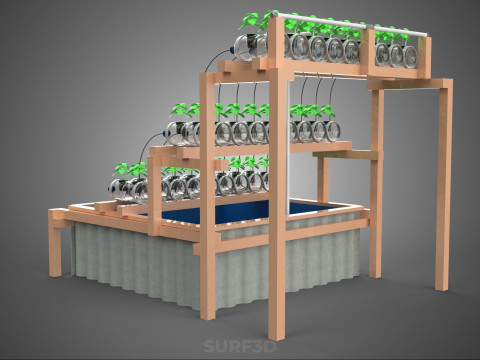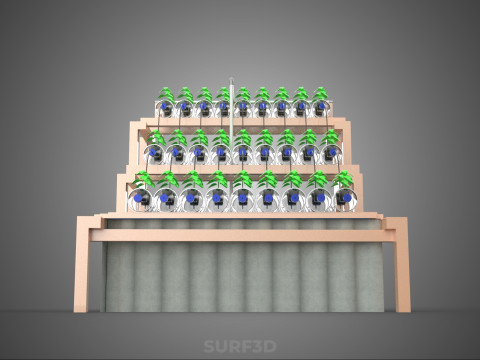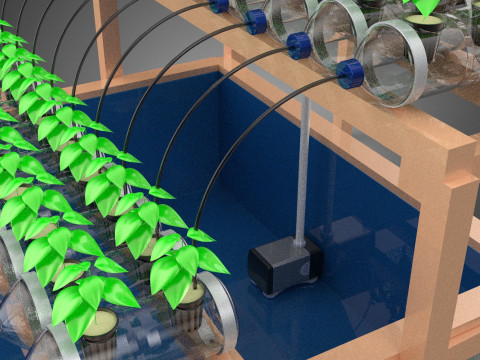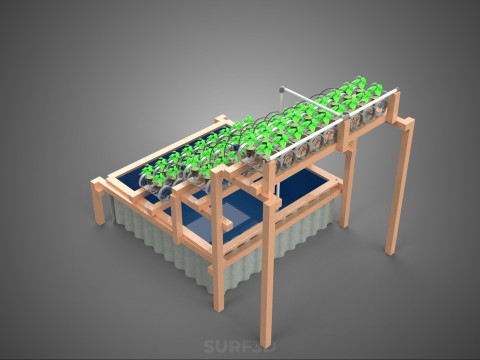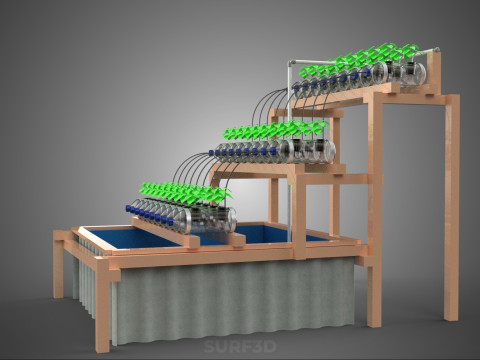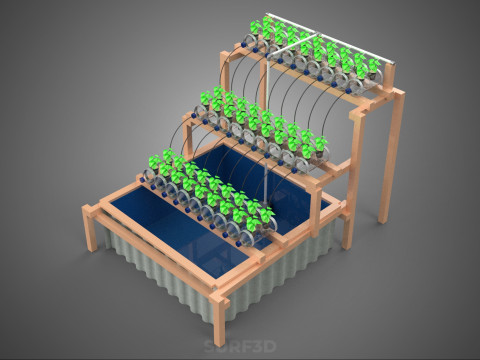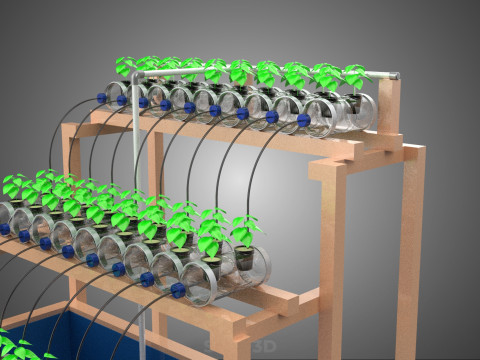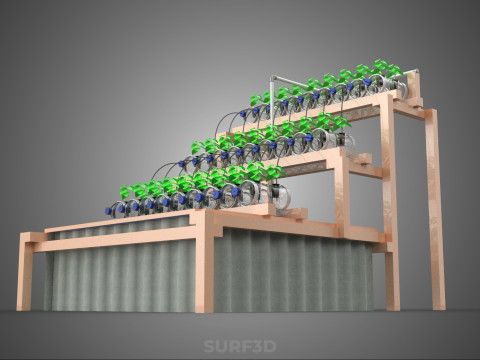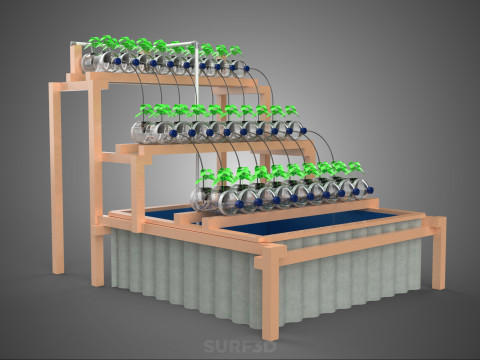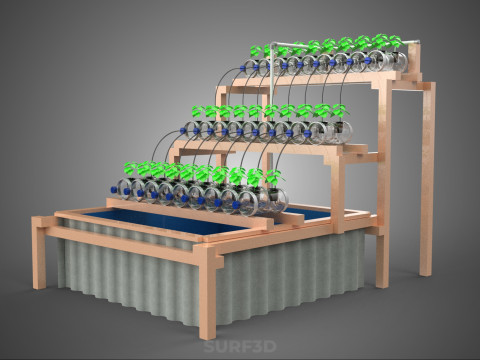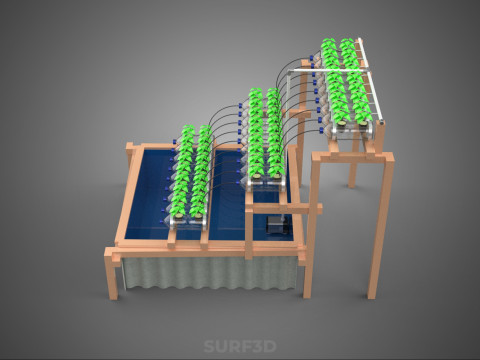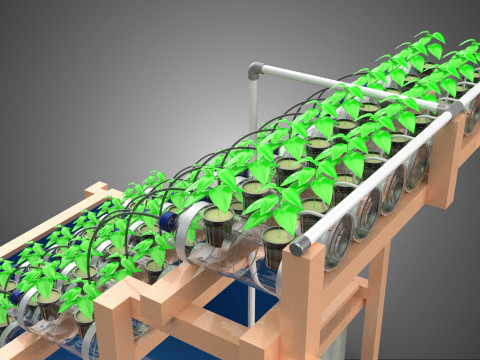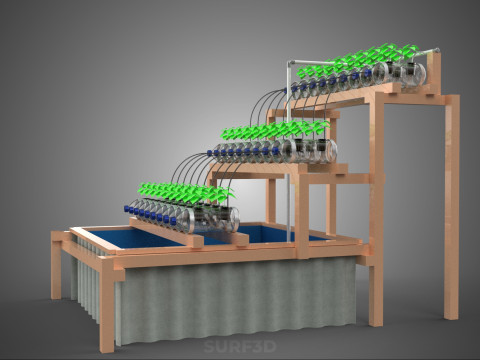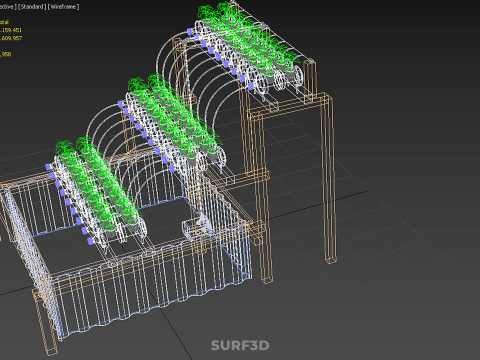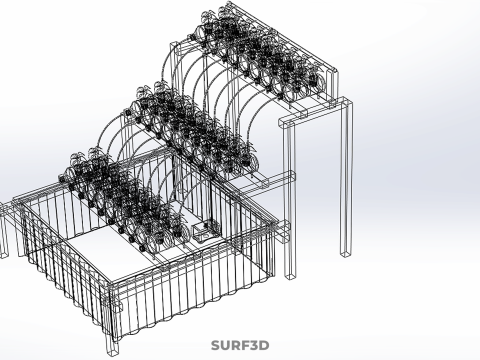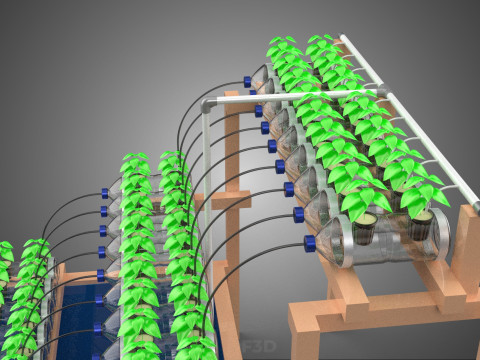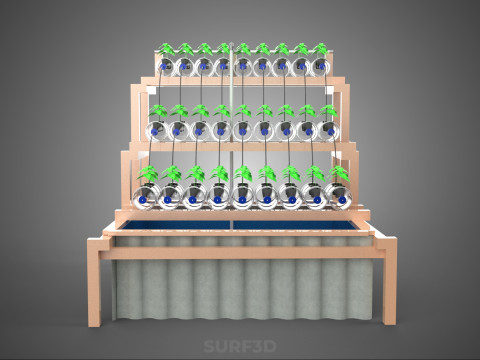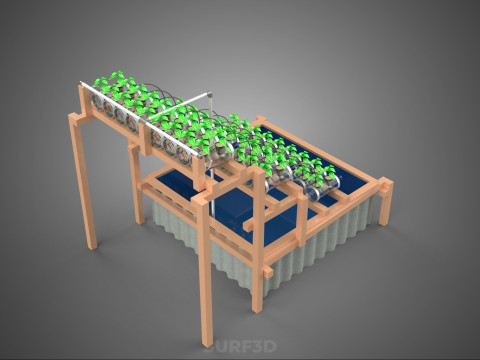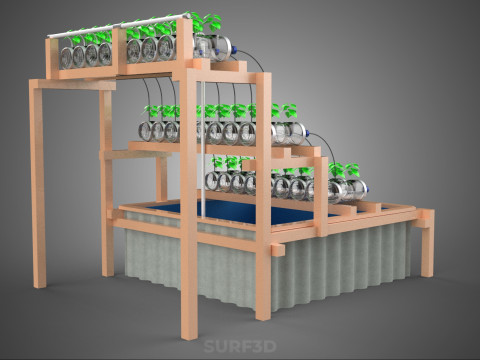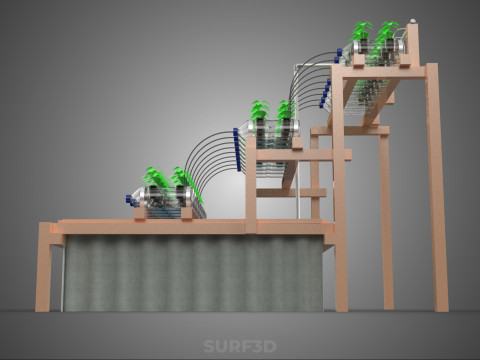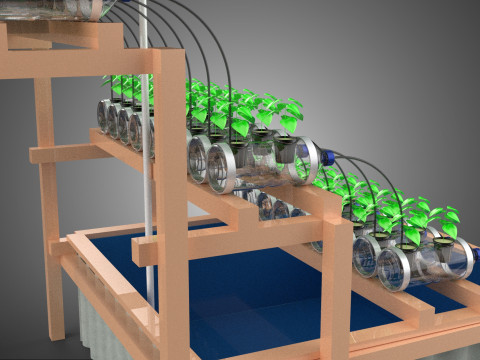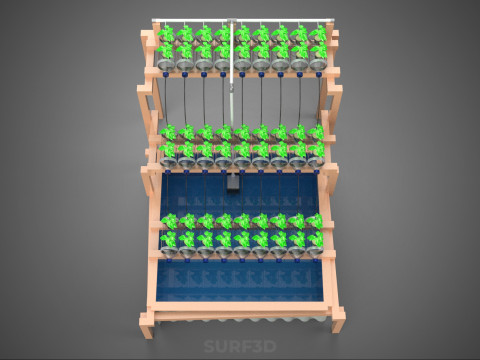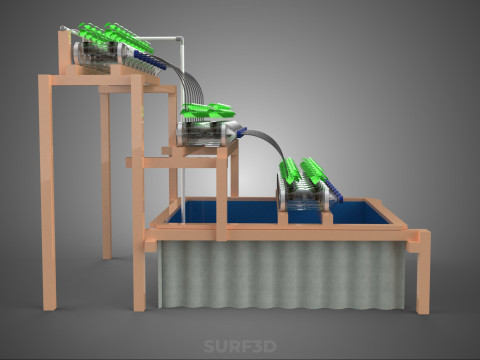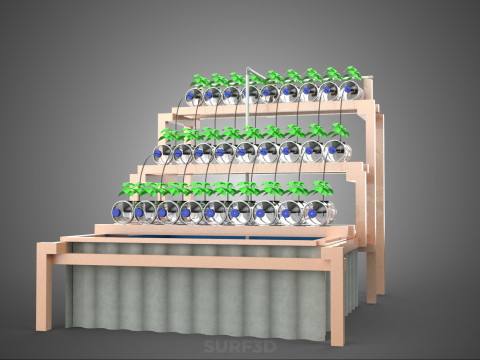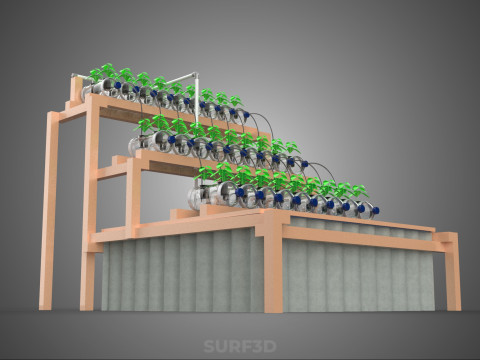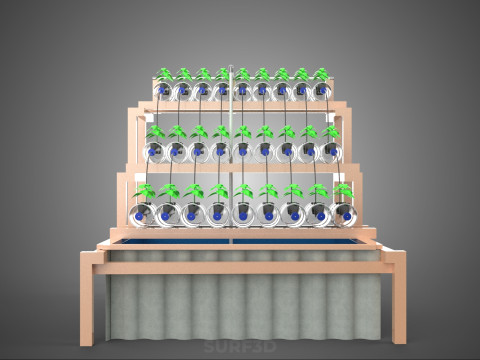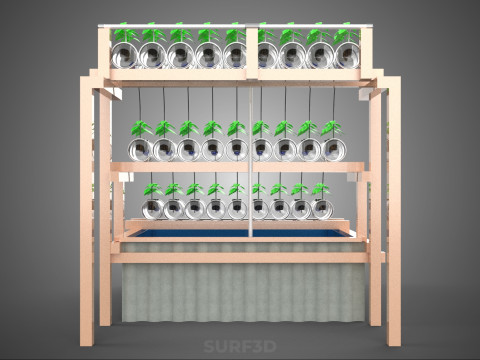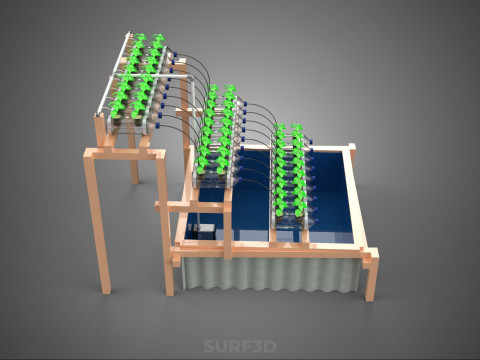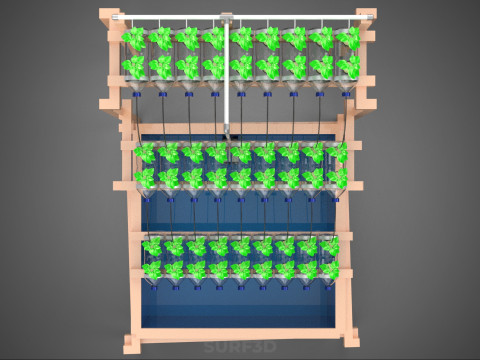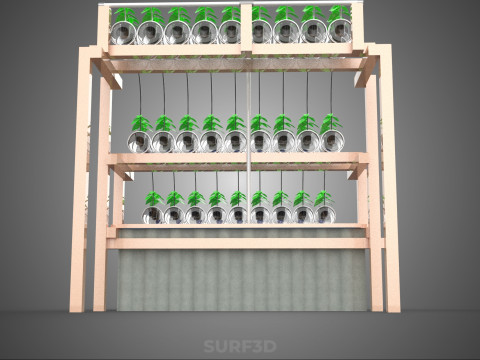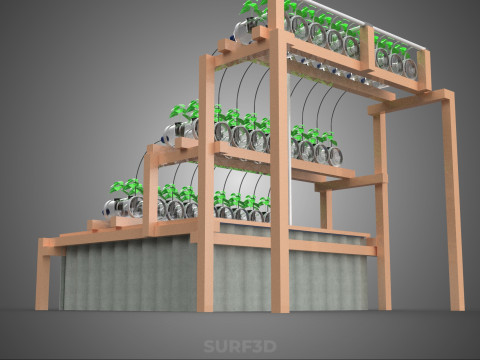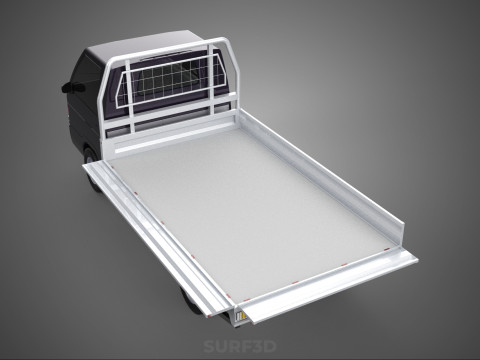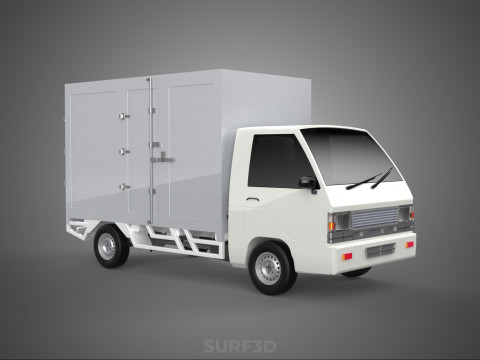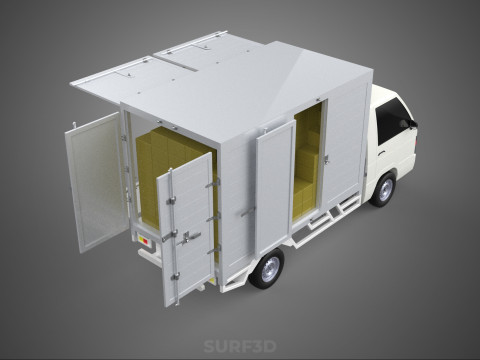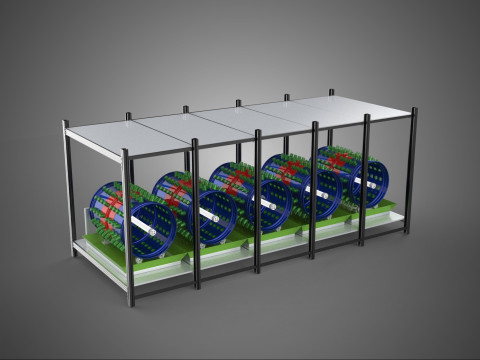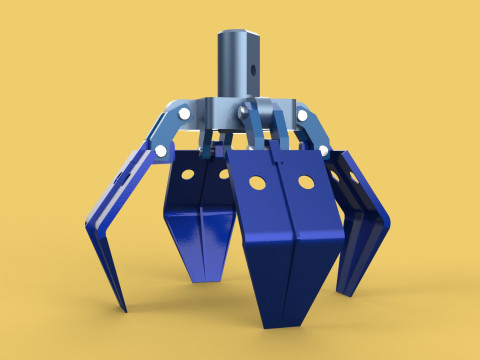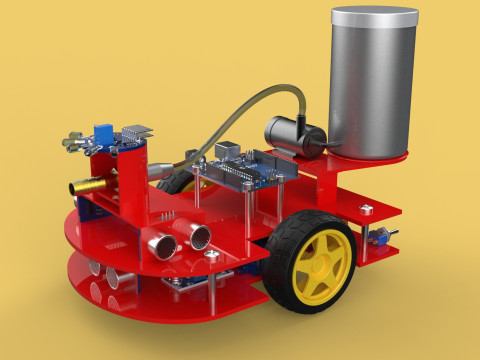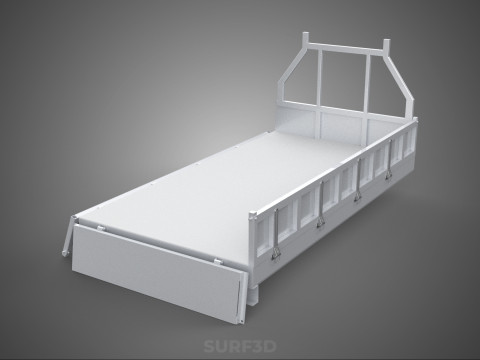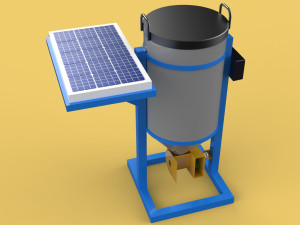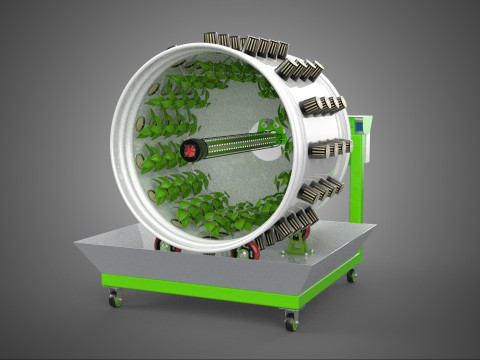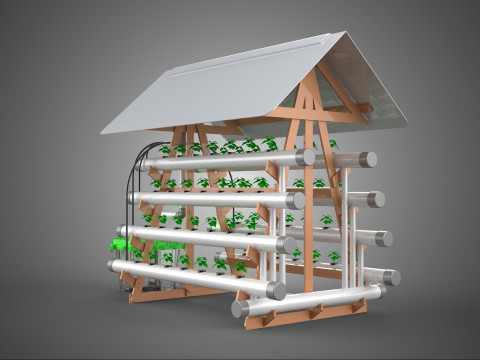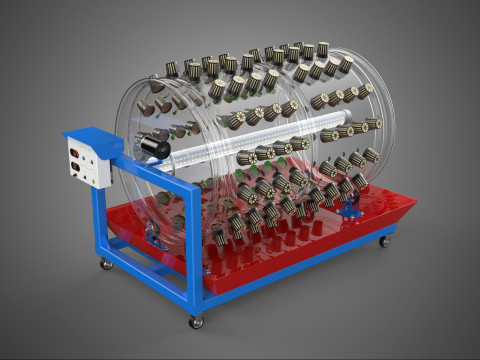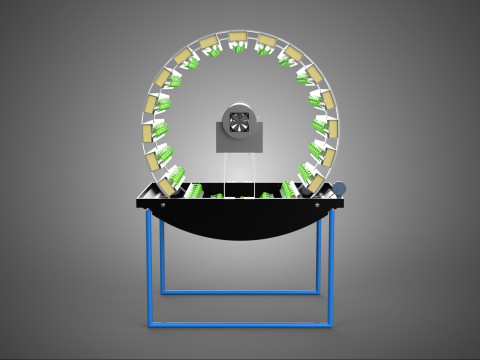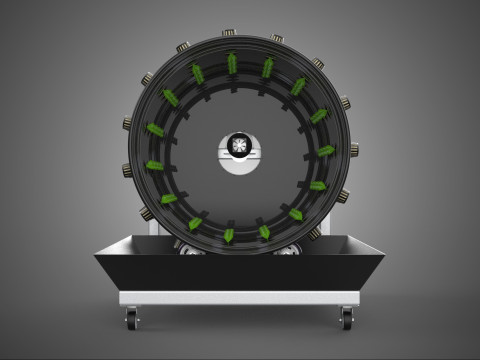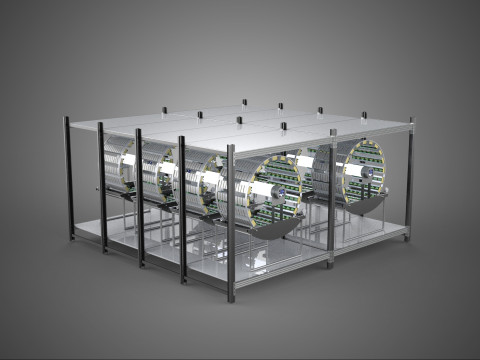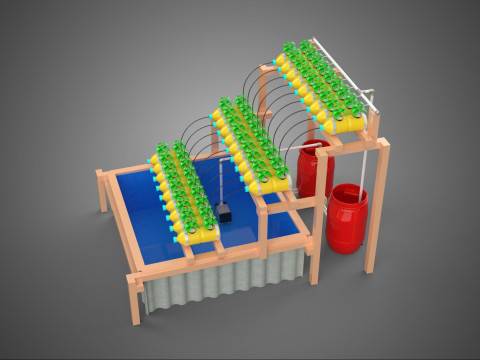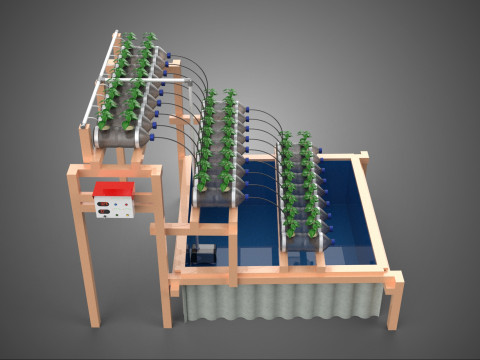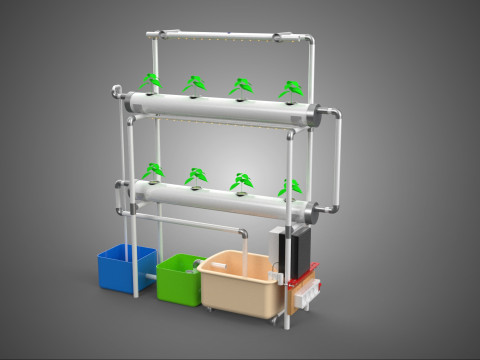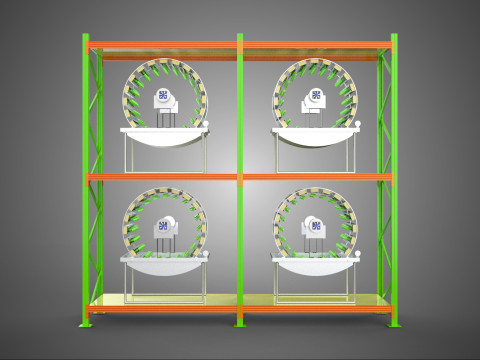DIY MINERAL PLASTIC WATER BOTTLE HYDROPONIC SOILLESS POT PLANT 3Dモデル
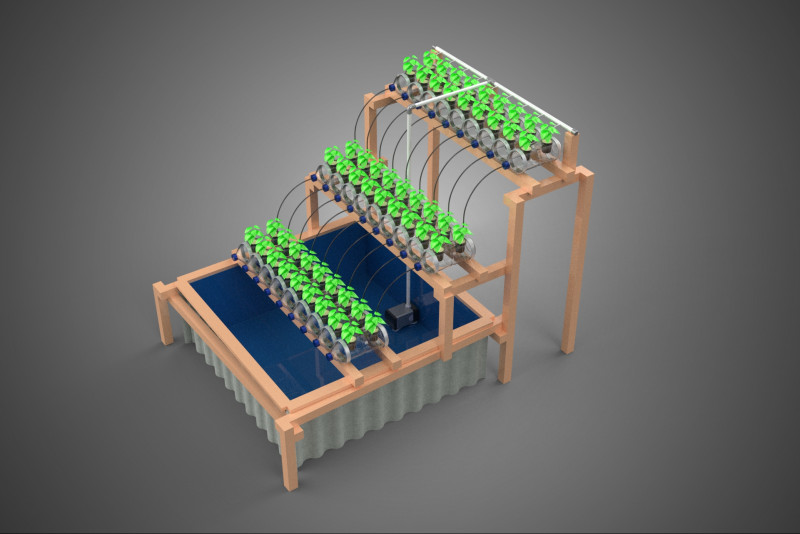
- 利用可能フォーマット: SketchUp (.skp) 4.22 MB3D Studio (.3ds) 8.57 MBBlender3D (.blend) 29.58 MBGLB (.glb / .gltf) 13.16 MBStereolithography (.stl) 33.49 MBRhinoceros (.3dm) 6.71 MBAutodesk AutoCAD (.dwg) 14.91 MBCollada (.dae) 29.62 MBACIS(.sat) 20.79 MBAutodesk 3DS MAX (.max) 63.45 MBSTEP (.step) 1.15 MBIGES (.iges) 1.39 MBAutodesk FBX (.fbx) 49.31 MBWavefront OBJ (.obj) 24.28 MB
- 多角形:2159451
- 頂点:1609957
- アニメーション:No
- テクスチャー加工:No
- 装飾:No
- 素材:
- 低ポリ:No
- コレクション:No
- UVW マッピング:No
- 使用中プラグイン:No
- 印刷 準備:No
- 3D スキャン:No
- 成人コンテンツ:No
- PBR:No
- AIトレーニング:No
- ジオメトリ:Poly NURBS
- 展開済 UVs:Unknown
- ビュー:146
- 日付: 2025-09-10
- アイテム ID:598034
High-quality 3D assets at affordable prices — trusted by designers, engineers, and creators worldwide. Made with care to be versatile, accessible, and ready for your pipeline.
Included File Formats
This model is provided in 14 widely supported formats, ensuring maximum compatibility:
• - FBX (.fbx) – Standard format for most 3D software and pipelines
• - OBJ + MTL (.obj, .mtl) – Wavefront format, widely used and compatible
• - STL (.stl) – Exported mesh geometry; may be suitable for 3D printing with adjustments
• - STEP (.step, .stp) – CAD format using NURBS surfaces
• - IGES (.iges, .igs) – Common format for CAD/CAM and engineering workflows (NURBS)
• - SAT (.sat) – ACIS solid model format (NURBS)
• - DAE (.dae) – Collada format for 3D applications and animations
• - glTF (.glb) – Modern, lightweight format for web, AR, and real-time engines
• - 3DS (.3ds) – Legacy format with broad software support
• - 3ds Max (.max) – Provided for 3ds Max users
• - Blender (.blend) – Provided for Blender users
• - SketchUp (.skp) – Compatible with all SketchUp versions
• - AutoCAD (.dwg) – Suitable for technical and architectural workflows
• - Rhino (.3dm) – Provided for Rhino users
Model Info
• - All files are checked and ****ed for integrity and correct content
• - Geometry uses real-world scale; model resolution varies depending on the product (high or low poly)
• • - Scene setup and mesh structure may vary depending on model complexity
• - Rendered using Luxion KeyShot
• - Affordable price with professional detailing
Buy with confidence. Quality and compatibility guaranteed.
If you have any questions about the file formats, feel free to send us a message — we're happy to assist you!
Sincerely,
SURF3D
Trusted source for professional and affordable 3D models.
More Information About 3D Model :
## DIY Mineral Plastic Water Bottle Hydroponic Soilless Pot Plant
The "DIY Mineral Plastic Water Bottle Hydroponic Soilless Pot Plant" refers to a self-constructed, small-scale hydroponic system that utilizes a repurposed plastic water bottle as its primary structural component. This innovative approach to soilless cultivation emphasizes accessibility, sustainability, and educational value, making advanced horticultural techniques available to individuals with minimal resources and technical expertise.
**Principle of Operation:**
At its core, this system operates on the principles of hydroponics, a method of gro***g plants without soil, wherein essential mineral nutrients are dissolved in water and delivered directly to the plant's roots. Unlike traditional soil-based gardening, hydroponics eliminates soil-borne pests and diseases, often requires less water, and allows for precise control over nutrient delivery. The "soilless" aspect specifically highlights the absence of conventional soil, replacing it with an inert gro***g medium that provides physical support for the plant and facilitates moisture and nutrient uptake.
**System Design and Components:**
The typical "DIY Mineral Plastic Water Bottle Hydroponic Soilless Pot Plant" system is ingeniously simple, commonly employing a passive hydroponic method, such as a wick system or a modified Kratky method.
1. **Structure (Plastic Water Bottle):** A standard plastic water bottle (often 1.5 to 2 liters) is modified. It is typically cut into two sections:
* **Upper Section (Plant Holder):** The top portion of the bottle, including the neck, is inverted and placed into the lower section. This acts as the "pot," holding the plant and its gro***g medium. The cap may be removed or modified to allow for a wick or direct root access to the nutrient solution.
* **Lower Section (Reservoir):** The bottom portion of the bottle serves as the reservoir, holding the nutrient solution. For optimal performance and to prevent algae growth, transparent bottles may be painted or covered to block light from reaching the solution.
2. **Gro***g Medium:** An inert, soilless substrate is used to anchor the plant and provide a stable environment for root development. Common choices include:
* **Rockwool:** Porous, fibrous material providing excellent aeration and water retention.
* **Coco Coir:** A byproduct of coconut processing, known for its moisture retention and aeration properties.
* **Perlite:** Volcanic rock that expands when heated, offering good drainage and aeration.
* **Hydroton (Clay Pebbles):** Lightweight expanded clay aggregate, offering excellent aeration and reusability.
3. **Wicking Mechanism (Optional but Common):** In a wick system, a piece of absorbent material (e.g., felt, cloth strip, nylon rope) is threaded through the neck of the inverted top section, extending from the gro***g medium into the nutrient solution in the reservoir. Capillary action draws the nutrient solution upwards, continuously supplying moisture and nutrients to the plant's roots.
4. **Nutrient Solution:** A specially formulated liquid fertilizer, containing all macro- and micronutrients essential for plant growth, is diluted in water. The precise balance of these nutrients is crucial for plant health and development.
5. **Plant:** Small, non-woody plants are best suited for these systems due to their limited root systems and growth requirements. Popular choices include:
* Herbs (e.g., basil, mint, oregano)
* Leafy greens (e.g., lettuce, spinach, kale)
* Small fruiting plants (e.g., cherry tomatoes, strawberries, peppers)
**Methodologies:**
* **Wick System:** As described above, utilizes a wick to passively transport nutrient solution to the plant. It is simple to set up and requires no electricity.
* **Kratky Method (Non-Circulating Hydroponics):** A variation where the plant's roots grow directly into a static nutrient solution. As the plant consumes water and nutrients, the solution level drops, creating an air gap that allows for oxygenation of the roots, eliminating the need for an air pump. This method can be readily adapted using the two-part bottle design.
* **Deep Water Culture (DWC) Adaptation:** While typically requiring an air pump, a very basic DWC setup could be fashioned where roots are submerged directly in the nutrient solution, though without active aeration, it may be less effective.
**Advantages:**
* **Cost-Effectiveness and Accessibility:** Utilizes readily available and recycled materials, making it an extremely low-cost entry point into hydroponics.
* **Educational Value:** Provides a practical, hands-on demonstration of hydroponic principles, plant physiology, and sustainable practices.
* **Space Efficiency:** Ideal for small living spaces, urban environments, apartments, and classrooms due to its compact footprint.
* **Resource Conservation:** Often uses significantly less water than traditional soil gardening, as water loss through evaporation and runoff is minimized.
* **Pest and Disease Reduction:** Eliminates soil as a medium, thereby reducing the incidence of soil-borne pests and diseases.
* **Sustainability:** Promotes upcycling and reduces plastic waste by repurposing used bottles.
**Limitations:**
* **Limited Scale:** Primarily suitable for gro***g single, small to medium-sized plants.
* **Nutrient Management:** Requires periodic replenishment and potential adjustment of the nutrient solution, as well as monitoring pH levels.
* **Algae Growth:** If the reservoir is exposed to light, algae can proliferate, competing with plants for nutrients and potentially fouling the system.
* **Structural Stability:** May be less robust than commercial systems, requiring careful handling.
* **Plant Selection:** Not suitable for large, deep-rooted, or heavy-feeding plants.
**Applications:**
This DIY system is widely adopted for home gardening, educational projects in schools, scientific demonstrations, urban agriculture initiatives, and as a starting point for individuals exploring sustainable and soilless plant cultivation methods.
異なるフォーマットが必要な場合、サポートチケットを開き、注文をしてください。3Dモデルをこれらに変換できます: .stl, .c4d, .obj, .fbx, .ma/.mb, .3ds, .3dm, .dxf/.dwg, .max. .blend, .skp, .glb. 3D シーンは変換しません .step、.iges、.stp、.sldprt などの形式。!


 English
English Español
Español Deutsch
Deutsch 日本語
日本語 Polska
Polska Français
Français 中國
中國 한국의
한국의 Українська
Українська Italiano
Italiano Nederlands
Nederlands Türkçe
Türkçe Português
Português Bahasa Indonesia
Bahasa Indonesia Русский
Русский हिंदी
हिंदी